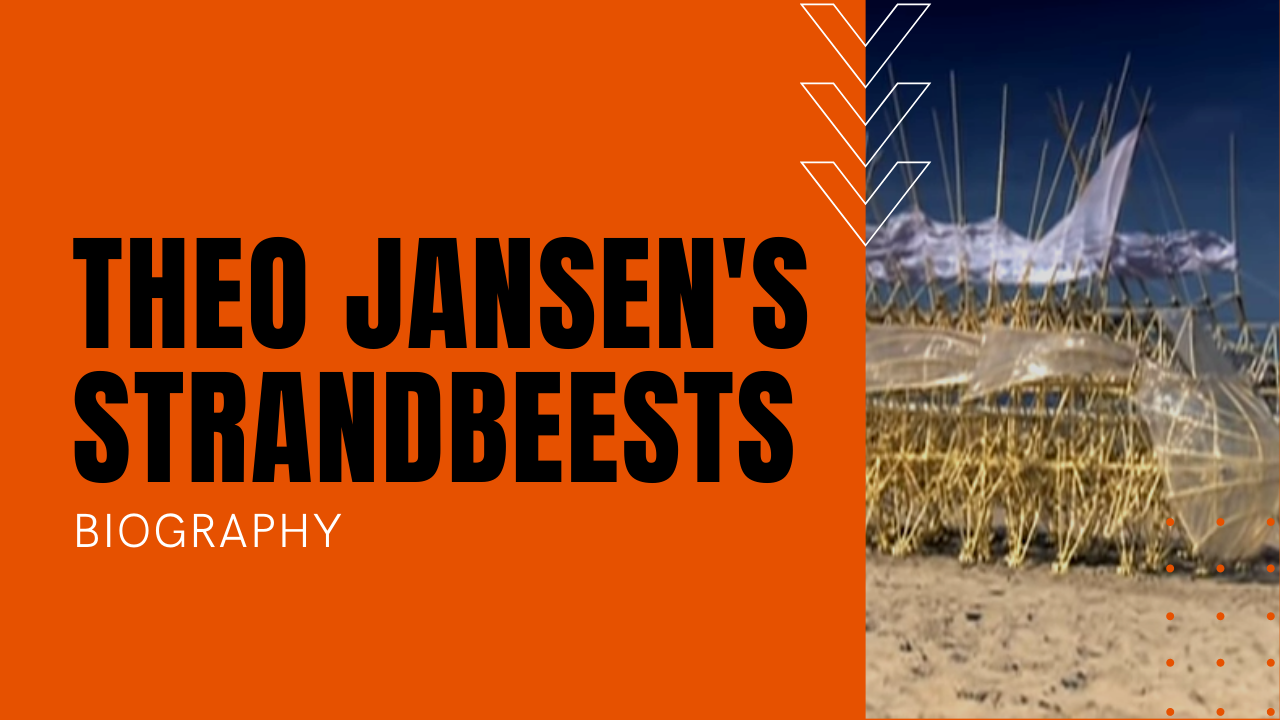Theo Jansen: Kinetics, Art and Strandbeest Aliens Invade Europe

Born in 1948 in the Dutch seaside city of Scheveningen, Theo Jansen grew up with a talent for both physics and art. In his late teens, he studied physics at the Delft University of Technology, where he was involved in many crossover projects that combined art with technology.
In 1979, having left university without a degree, Jansen built a 13-foot wide flying saucer out of inexpensive PVC pipe, painting it black before filling his creation with helium. The young artist launched his craft over Delft in 1980, on a day when the sky was particularly hazy.
Light and sound emitted from the saucer, and because it was painted black against a hazy sky, some terrified eyewitnesses over-estimated the UFO’s size, while others swore it gave off a halo of light. Jansen himself would later note that his flying saucer “caused a near-riot,” and while his machine was never recovered, he speculates that it landed somewhere in Belgium.
Theo Jansen’s Strandbeest
After experimenting with a paint machine that painted silhouettes of people who stood before it, in 1990, Jansen began creating his mystifying strandbeests, which in Dutch means “beach animals.”
Jansen’s moving kinetic sculptures are generally wind-propelled and have been described by the artist as examples of artificial life. All of his models are based on a system of triangles and connecting linkages, which convert the rotation of an axle into a stepping motion of six or more legs.
This allows his strandbeests to travel over sand much more efficiently than if they were traveling on wheels. With the assistance of evolutionary computational techniques, Jansen has merged engineering principles into his art, making skeletons that are able to walk on the wind.
Over time, his skeletons have become increasingly adept at surviving elements such as storms and water, and eventually, he wants to put his animals out in herds on beaches, so that they can live their own independent lives. And to make his beach animals even more self-aware, many of his creations can detect when they enter the surf, allowing them to redirect their course back onto dry land.
